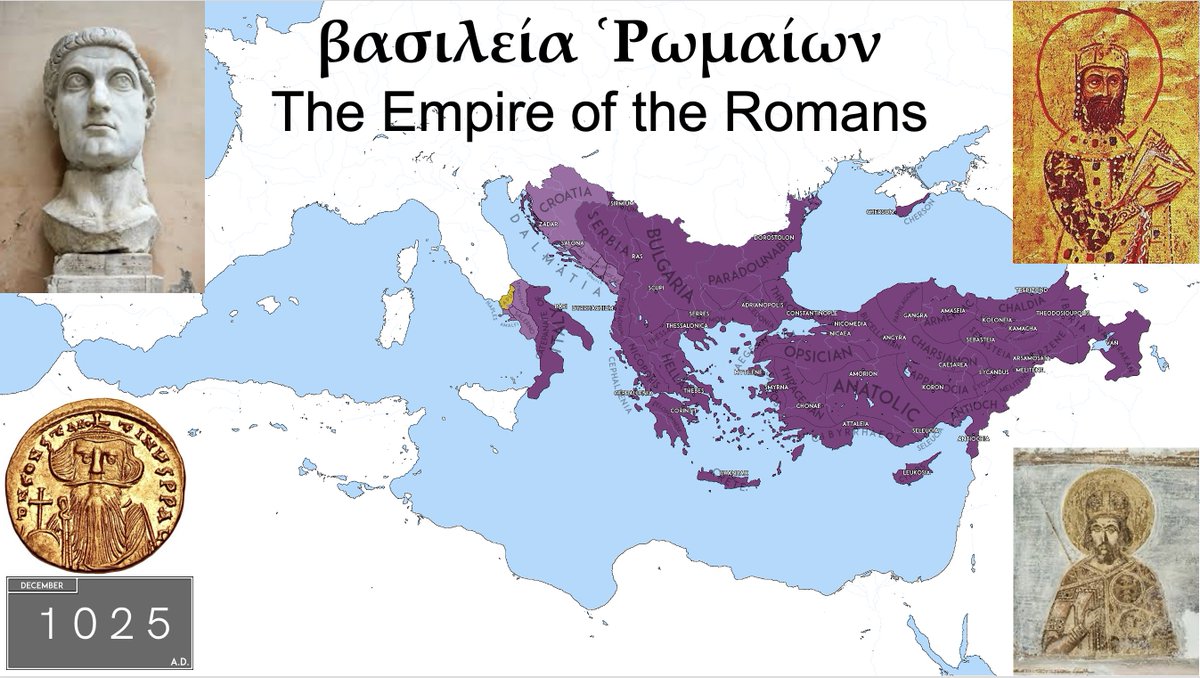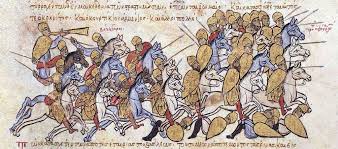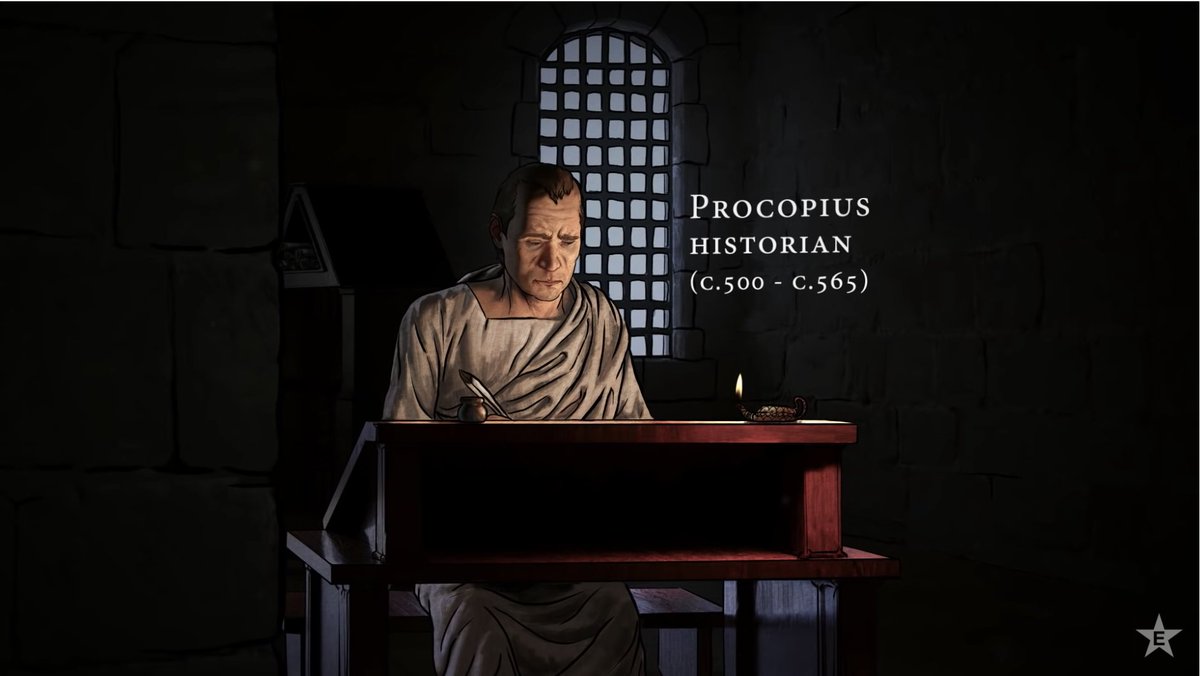How I wrote #BelisariusAndAntonina Part 8: In Rome in February 2020, I walked the circuit of the city’s Aurelian walls, as much as was possible, and photographed the gates. In doing so, I was striding in the footsteps of Belisarius. 🧵 #History #Book #AcademicTwitter 

Between March 537 and March 538, Belisarius and the Roman army were besieged in the city of Rome by the Ostrogothic king Vittigis and his army. For a year straight, few things were of more importance to the general than the state of the walls and gates of Rome.
Because this siege was of such importance in Belisarius’ first campaign against the Ostrogoths, 535-540 (as a bonus, Rome and its defenses were also of central during his second campaign in Italy, 545-549), I felt it was imperative to get a sense of the physical space.
I will share just a few of the sites which interested me. First, for a sense of scale, a portion of the Aurelian walls near the Villa Borghese. The tower is a more modern addition, but the size of the walls themselves gives some idea what it would have been like defending them. 

Here we have the Pincian Gate (Porta Pinciana), one of two gates that Belisarius assumed personal responsibility for defending during the siege of Rome. The other was the Salarian Gate (now destroyed and replaced by the Piazza Fiume). Both are on the north side of the city. 

Other officers received the responsibility for other gates. The general Bessas was assigned the Praenestine Gate (now typically called the Porta Maggiore), seen here. 

My favorite gate in the walls of Rome is the Asinarian Gate (Porta Asinaria). Located on the southeastern side of the city, it did not feature in the siege at all. But it was the gate through which Belisarius and his army entered Rome on December 9, 536. It is magnificent. 

I could have just looked up pictures of the wall and gates on the internet. But there was value to being there in person and getting a sense of the scale of the fortifications Belisarius defended.
Tomorrow: Plans to visit Ravenna and its many churches and important mosaics.
Tomorrow: Plans to visit Ravenna and its many churches and important mosaics.
• • •
Missing some Tweet in this thread? You can try to
force a refresh





















